Kanji for Mouth or Opening: 口 (Kuchi)
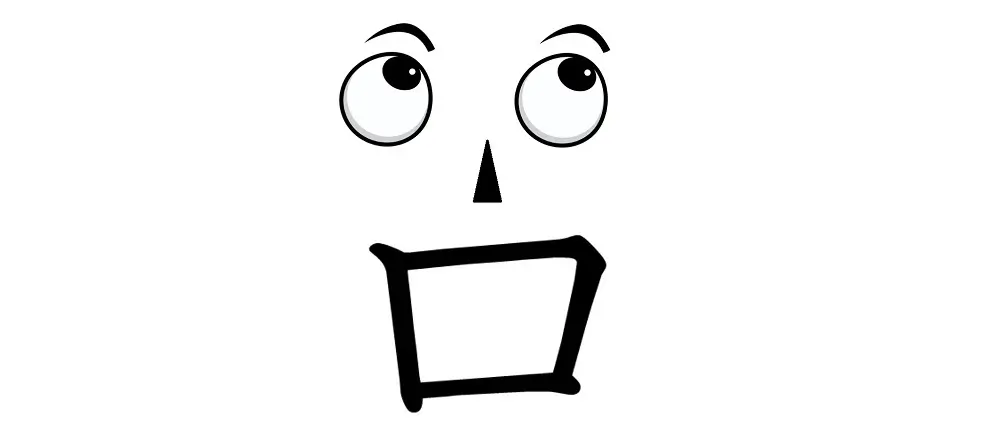
The Japanese kanji for “mouth” in Japanese is 口.
Pronunciation
- The onyomi (Chinese reading) of 口 is “ko” or “ku”.
- The kunyomi (Japanese reading) of 口 is “kuchi” or “guchi”.
Mouth’s Kanji 口 is constructed with 3 strokes. This Kanji is a part of the JLPT N4 syllabus (please check the JLPT N4 kanji list). In Japanese schools, this Kanji is taught in grade 1.
Origin of the Kanji 口 to Denote Mouth
The character 口 is a pictogram, which means it was originally a simple visual representation of the thing it refers to – in this case, a mouth. The character design has changed little over the centuries. However, it continues to visually resemble a mouth or a box-like enclosure, which is symbolic of the role of the mouth as a passage for food, drink, and speech.
Let’s see the evolution of the shape of mouth’s Kanji from ancient times to the current:
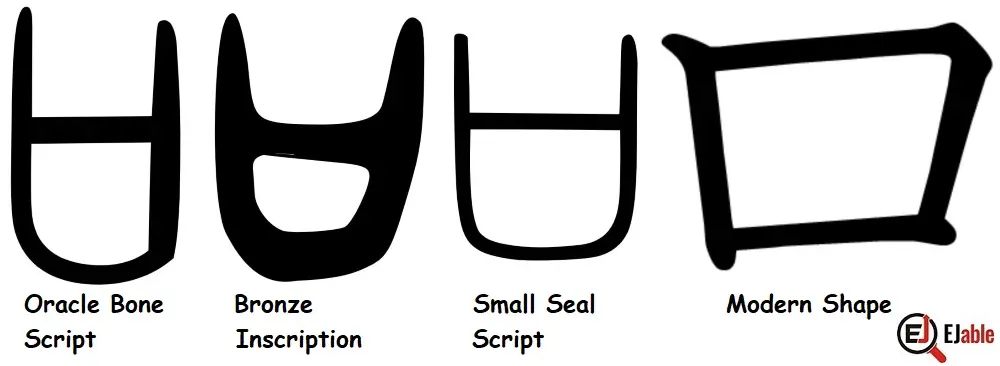
The above image shows the historical shape of 口 in Oracle Bone Script, Bronze inscription, small seal script, and how we write it in the present.
Mnemonic: How to Remember the Kanji of Mouth (口)
The kanji for the mouth or an opening (口) is one of the simplest ones to remember. However, beginners may wonder about the square shape of the Kanji, which does not actually look like a mouth.
Though, if you remember some of the following simple rules for Kanji formations, it’s very easy to remember this kanji:
- Curved shapes and lines are made straighter in Kanji characters.
- Intersection points of curved lines are stretched to make them straight lines from points.
Therefore, the following representation of the kanji 口 explains the above principles visually to help you remember this kanji:
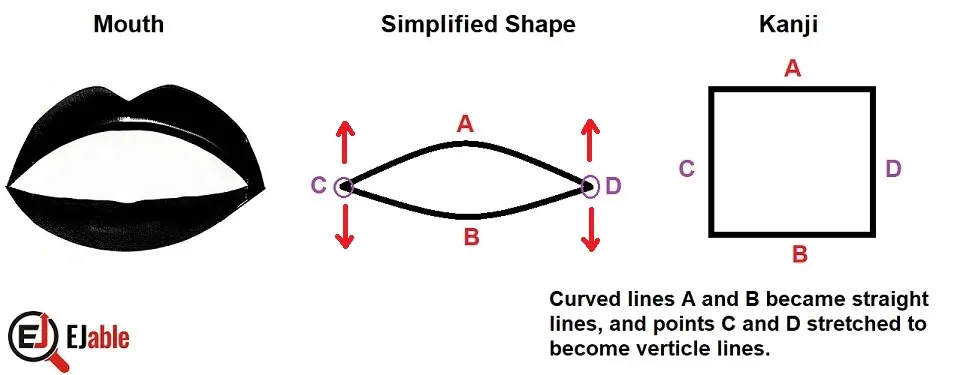
Stroke Order for the Kanji 口
The following illustrations show the order of the 10 strokes to write the Kanji 口:
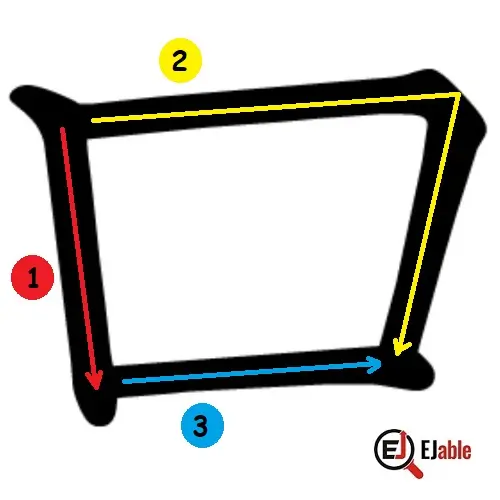
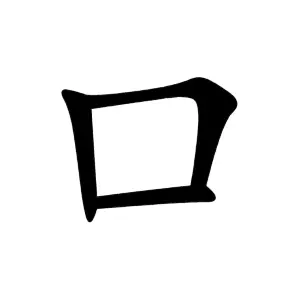
口 as a Radical and Component in other Kanji Characters
The character 口 is one of the simplest kanji and also appears as a Kanji radical, known as “kuchihen” or “ku“. When used as a radical, it can imply meanings related to mouth, opening, speech, and eating in other characters.
Overall, Kanji 口 appears as a radical or as a component in 3321 Kanji characters, including 459 Jōyō Kanji.
Examples of 口 as a radical
- 言 (gen, “say” or “speech”): While not visually similar to 口, 言 is also a radical representing speech or words.
- 話 (hanashi, “to talk”, speech, story)
- 唱 (shou, “sing”): In this Kanji, the kanji for “mouth” combines with “yet” (尚) to imply “singing.”
- 命 (mei, “life” or “fate”): In this Kanji, 口 (kuchi) combines with 令 (rei, “order”), signifying words or orders that dictate life.
- 味 (aji, “taste” or “flavor”): The Kanji 味 combines 口 (kuchi) with 未 (not yet) to imply something that is not yet tasted or an impending flavor.
- 同 (dou or ona-ji, “same”): Here, 口 (kuchi) is paired with 冖 (wa, “cover”) to represent the notion of agreeing or being the same.
- 名 (na, “name”): This character combines 口 (kuchi) with 夕 (evening), suggesting the act of calling someone’s name out loud.
- 品 (hin, “product” or “item”): This character consists of three “mouth” radicals, indicating a discussion or evaluation of goods.
- 古 (ko, “old”): In this character, 口 appears as a radical, symbolizing the idea of “passing through the mouth” over a long period, i.e., an oral tradition or something spoken of as old.
- 吸 (kyuu, “suck” or “inhale”): This character combines the radical for “mouth” with the character for “self,” depicting the act of drawing something into one’s mouth.
- 吉 (kichi, “good luck”): consists of the “mouth” radical (口) and a variant of the character 士, which can mean “scholar” or “samurai.” In ancient times, this character may have been associated with auspicious or propitious words from a respected person. Therefore, taking on the meaning of “good luck” or “auspicious.”
Kanji 口 in Compounded Words
The kanji for “mouth,” 口 (くち, kuchi), is commonly used in Japanese and forms a part of many compound words. There are 317 Japanese words that begin with the Kanji 力, and it appears in 700 words. Please note that 口 also appears in 3588 Japanese names.
Examples of Kanji 口 in Compounded Kanji Characters
Following are the examples where Kanji for mouth or opening appears in Japanese compounded Kanji characters:
- 入口 (いりぐち, iriguchi): Entrance.
- 出口 (でぐち, deguchi): Exit.
- 言葉 (ことば, kotoba): Word, language.
- 口紅 (くちべに, kuchibeni): Lipstick.
- 口語 (こうご, kougo): Spoken language.
- 口座 (こうざ, kouza): Bank account.
- 窓口 (まどぐち, madoguchi): Ticket window, reception.
- 口実 (こうじつ, koujitsu): Excuse, pretext.
- 口頭 (こうとう, koutou): Oral, verbal.
- 大口 (おおぐち, ooguchi): Large amount, big talker.
- 口コミ (くちこみ, kuchikomi): Word of mouth.
- 口答え (くちごたえ, kuchigotae): Talking back, retort.
- 無口 (むくち, mukuchi): Taciturn, reticent.
- 口伝 (くでん, kuden): Oral tradition.
- 小口 (こぐち, koguchi): Small opening, small amount.
These examples illustrate the diverse ways the concept of “mouth” is integrated into various contexts. These contexts range from literal references to the physical mouth to symbolic uses representing speech, communication, and entrances or openings.
Other Unique Aspects of Mouth’s Kanji
Here are a few more unique aspects of the kanji 口 (kuchi), which are worth noting:
Cultural Significance:
In Japanese culture, the mouth is often considered the gateway to physical sustenance and verbal expression. This dual role is reflected in expressions and sayings, such as “口は災いの元” (Kuchi wa wazawai no moto, “The mouth is the source of disaster”), highlighting the power of speech in creating harmony or discord.
Role in Onomatopoeia:
Japanese extensively uses onomatopoeic expressions where 口 plays a role in representing sounds made by the mouth. These expressions are integral to the language, offering insights into Japanese communication styles that emphasize indirectness and emotional expressiveness.
Influence in Calligraphy and Art:
The shape of 口 is aesthetically pleasing and balanced, making it a favorite subject in calligraphy. Its square shape represents stability and balance in traditional Japanese aesthetics.
Usage in Brand Names and Logos:
The kanji 口, due to its simple and impactful shape, often finds use in brand logos and designs, especially for products related to food, drink, or speech.
Symbolic Representations in Literature and Folklore:
In literature and folklore, the mouth often symbolizes communication, expression, and the transition between the internal self and the external world. We can trace back this symbolism back to ancient stories where words (spoken from the mouth) held magical power.
Teaching and Learning Tool:
For learners of Japanese, 口 is often one of the first kanji taught due to its simple structure. Moreover, it serves as an introduction to the concept of radicals and the building blocks of kanji.
Representation in Popular Culture:
In manga and anime, the depiction of a character’s mouth often conveys a wide range of emotions and intentions, illustrating the significance of the mouth’s kanji 口 in non-verbal communication.
Check other Kanji characters on the page “How to Learn and Remember Kanji“.

A long-term ex-pat in Japan, Himanshu comes with an IT background in SAP consulting, IT Business Development, and then running the country operations of an IT consulting multinational. Himanshu is the co-founder and Managing Director of ReachExt K.K. and EJable.com. He is also an Advisory Board Member of a Silicon Valley AI/IoT startup.
